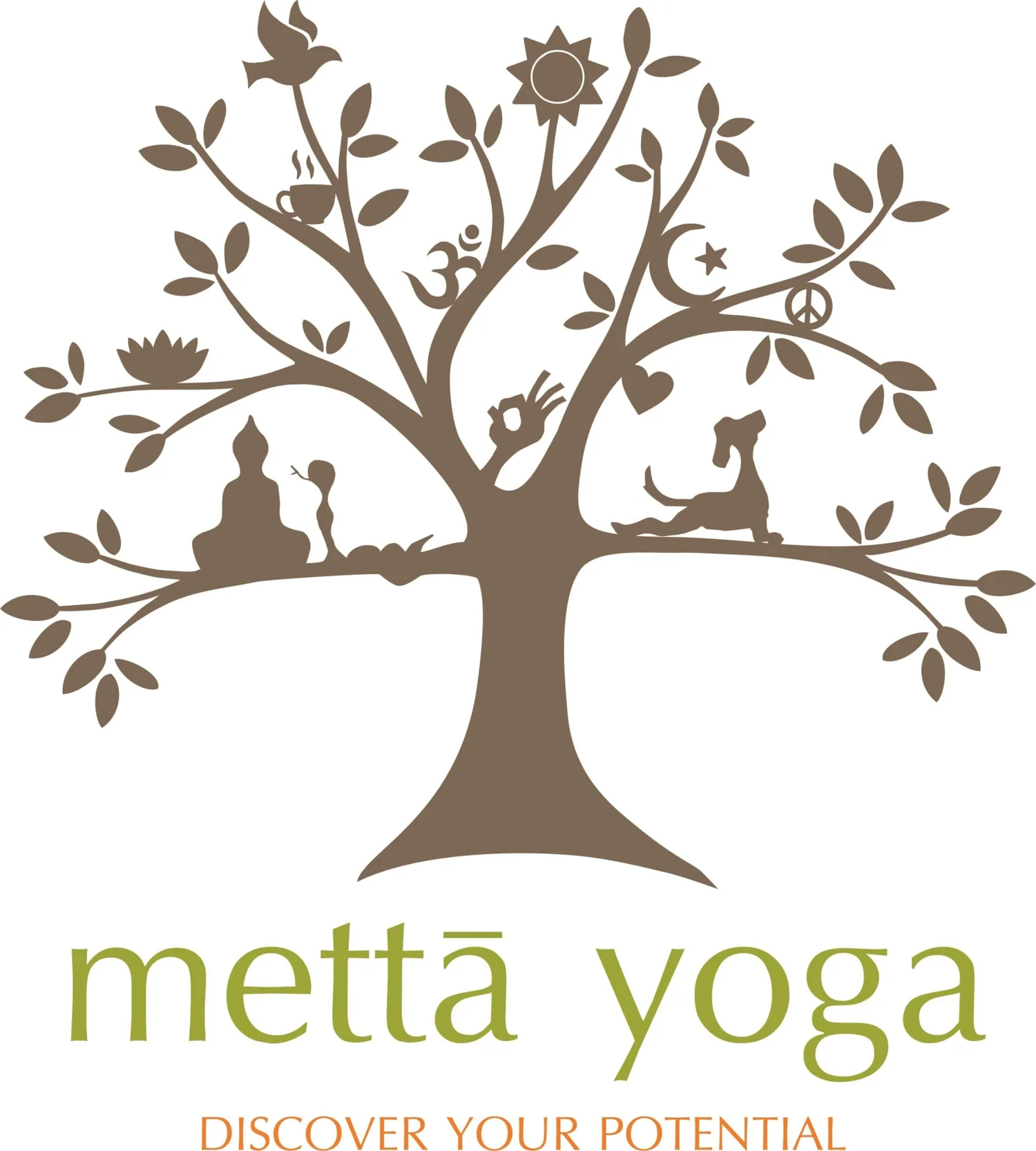Trusty old Adho Mukha Svanasana! It’s probably the most well known postures of them all. Even if you haven’t done yoga before, chances are you’ve heard of Downward Facing Dog. And no matter what style of yoga you practice, you’ll probably end up doing this pose a number of times during one class. Even though it looks pretty basic and it is performed regularly, it’s still a challenging pose for many of us. It requires strength in the upper body, length in your lower back, hamstrings and calves, as well as an open pelvis. If you struggle with Down Dog, be compassionate and patient with yourself; you are not the first person with tight hamstrings or weak arms. And with time, it will get easier.
The beautiful Sasha Layton exploring Down Doggie in Italy.
In Yoga this pose is often used as a resting pose between other postures, but it is in fact a great strengthener in itself. It is also a transitional pose and an inversion.
Our goal in Yoga is to create balance and union in the body; physically, mentally, emotionally and spiritually. The practical benefit of this yogic principle is that in any pose, Downward Facing Dog included, you are simultaneously creating strength and flexibility, extension and stability.
This posture is beneficial to all, but especially to those who spend a lot of their day hunched over in the upper back (i.e. office workers, drivers, new mothers), as here we elongate and lengthen the back and open the chest.
Down Dog is also a great way to improve digestion, energise the body, relieve fatigue, stretch tight hamstrings and calves, stretch the shoulders, and gain strength in the upper body and wrists. It opens and strengthens the lower back, complimenting a strong core and helps stretch the toes, arches and feet.
Additionally, Down Dog stimulates the nervous system, helps with memory and concentration and is considered a mild inversion since the head is lower than the heart. All inversions are great for refreshing, energizing and stimulating the entire body by mitigating the effects of gravity; they relieve pressure on the internal organs, and bring a fresh supply of oxygenated blood to the upper body and head. They also have a calming effect on the mind and can relieve anxiety and stress, whilst strengthening the immune system through the movement of lymphatic fluid.
To get the blissful feeling and benefits of Down Dog, you need to shift your weight back into your hips and legs. Try the pose with bent knees and the heels lifted so that you can really stretch the torso and stretch back into your hips by simultaneously pressing into your hands, extending your arms, and drawing your belly slightly in. Imagine that someone is pulling back on your hips. Your arms should feel light. If your hamstrings are very tight, you may need to practice like this for a while, gradually straightening your legs and lowering the heels. For some, their body's will never allow them to get the heels onto the earth, and that's ok.
If you’re having difficulty feeling this lightness sensation in the upper body, then grab two blocks and place them under your hands. This will enable you to push the weight back into your hips more easily.
This posture resembles a dog stretching its front legs, which refreshes and enlivens the dog. The goal of this posture is to do the same for us. So next time you practice your Adho Mukha Svanasana, stick your tail up, wag it if you wish and simply enjoy the stretch!
Please ensure you ask your qualified Yoga teacher if this posture is appropriate for you prior to practice.
Namaste.
x Emily. x
Thank you Sasha Layton from Sasha.Yoga.Life for this beautiful picture. Check out Sasha's website to learn more about her and her offerings... www.sashayogalife.com.au


